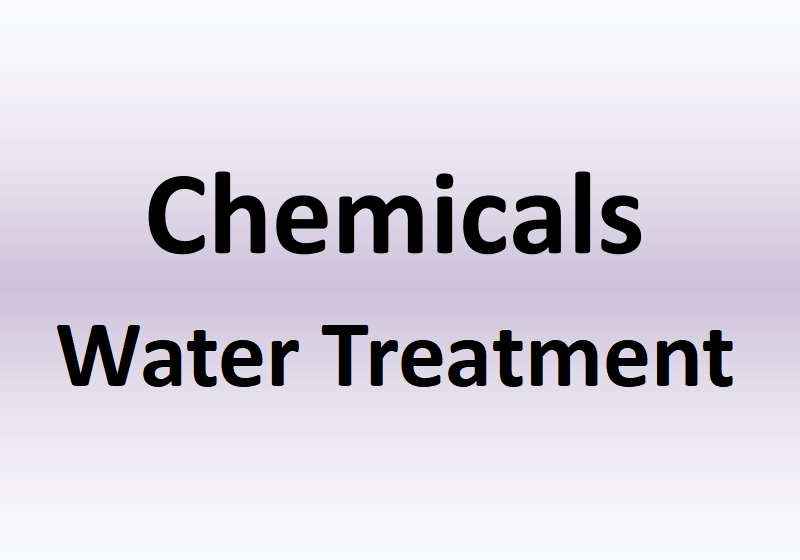Introduction of Defoamer
In order to discharge or reuse the wastewater after treatment, a variety of chemicals are required in the wastewater sewage water treatment process.
According to different uses, these agents can be divided into the following categories:
Defoamer
Defoamer is mainly used to eliminate a large amount of foam in the process of aeration or mixing.
Efficacy and Performanceof Defoamer
1. Low surface tension, high activity and strong defoaming force.
2. No change in heat resistance and high temperature, low volatility.
3. Good chemical stability, chemical inertia, no reaction with other substances, and can be used under harsh conditions.
4. It has no physiological toxicity and has no re effect on the use system.
5. It also has the effect of anti foaming and anti foaming, and the anti foaming time can reach more than 48 hours.
The types of Defoamers
The effect of defoamer is related to the type of foaming liquid. Common defoamers can be divided into Silicon (resin), Surfactant, Alkane and Mineral Oil according to their composition. It can be divided into solid defoamer, powder defoamer and liquid defoamer (oily liquid and lotion liquid) according to the form.
Silicon (resin): silicone defoamer, also known as emulsion defoamer, is emulsified and dispersed in water with emulsifier (surfactant) and then added to wastewater. Silica fine powder is another silicon defoamer with good defoaming effect.
Surfactants: These defoamers are actually emulsifiers, that is, they use the dispersion of surfactants to keep foam forming substances in a stable emulsified state in water, so as to avoid the formation of foam.
Alkanes: Alkanes defoamers are defoamers made by emulsifying and dispersing paraffin wax or its derivatives with emulsifiers, and their uses are similar to those of emulsifying defoamers of surfactants.
Mineral Oil: mineral oil is the main antifoaming component. In order to improve the effect, it is sometimes mixed with metal soap, silicone oil, silicon dioxide and other substances. In addition, in order to make the mineral oil easy to diffuse to the surface of the foaming solution, or to make the metal soap uniformly disperse in the mineral oil, various surfactants can sometimes be added.
Usage Method of Defoamer
Solid defoamer:Hang it at the outlet of waste water treatment circulating pump or waste water discharge outlet to allow it to dissolve slowly without foam, so as to achieve defoaming effect.
Powder defoamer:The use of powder defoamer is relatively simple. When the foam in the biochemical treatment pool is large, the defoamer will be sprinkled to make it defoamer quickly, but the personnel will not stop adding it.
Liquid defoamer:The liquid defoamer is generally added to the treated water tank before discharge, but the effect is not good during aeration treatment. It is better to add diluted spray when using, which can be diluted to 100-1000 times. The effect is very obvious when the pump continuously adds spray.
Applications of Defoamer
The wastewater sewage water treatment process is designed with fast defoaming speed and lasting foam suppression. It is used in pharmaceutical, paper making, leather, printing and dyeing, biological treatment process of urban sewage, chemical cleaning and other foaming systems.
#QDEVU #WATERTREATMENT #WASTEWATERTREATMENT #SEWAGEWATERTREATMENT



